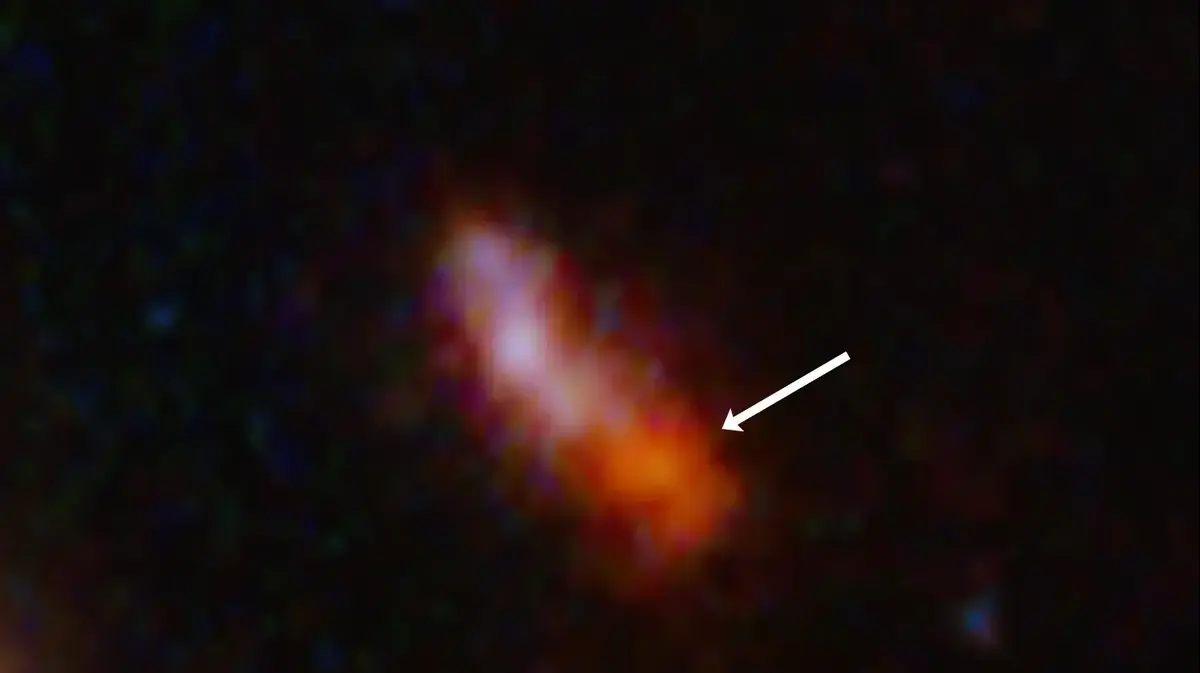NASA's James Webb Space Telescope Unveils Ancient Galaxy Discovery
NASA's James Webb Space Telescope has once again astounded the astronomy community with a groundbreaking discovery—a distant and ancient galaxy named JADES-GS-z14-0. This extraordinary galaxy, forming just 290 million years after the Big Bang, offers unprecedented insights into the early universe. Researchers are particularly intrigued by the size and unexpected starlight emanating from this galaxy, which defy traditional assumptions about young galaxies.
Uncommon Presence of Ionized Gases in Young Galaxy
The emissions from JADES-GS-z14-0 indicate the presence of ionized gases, most notably hydrogen and oxygen, in significant quantities. This finding is noteworthy as the presence of oxygen in such a young galaxy is rare and suggests that complete life cycles of massive stars have already occurred. The massive stars have a shorter lifespan which means the life cycles in JADES-GS-z14-0 transpired within an astonishingly short span. These observations challenge existing theories and models about star formation and the development of galaxies in the early universe.
Cosmic Dawn Explored by James Webb Telescope
For the past two years, scientists have harnessed the capabilities of the James Webb Space Telescope to investigate the 'Cosmic Dawn,' the epoch when the first galaxies formed, a few hundred million years post-Big Bang. These explorations are integral to understanding the transformations of gas, stars, and black holes during the infancy of the universe. As part of the James Webb Advanced Deep Extragalactic Survey (JADES) program, international astronomers observed JADES-GS-z14-0, a galaxy at a redshift of 14.32, making it the most distant galaxy known to date.
Redshift Phenomenon and Future Research Directions
Studying such ancient galaxies poses challenges as the light that initially emerges in the blue spectrum shifts to infrared by the time it reaches Earth, a process known as redshift. The degree of this redshift allows scientists to gauge the expansion of the universe and estimate the age of these celestial bodies. Preliminary data indicate that JADES-GS-z14-0 also contains traces of dust, thereby reddening its light. While these initial observations are promising, they are yet to be peer-reviewed and published in a scientific journal.
- The James Webb Space Telescope, a joint operation by NASA, the European Space Agency (ESA), and the Canadian Space Agency, has continuously provided profound insights since its launch. Its ability to delve into the past and reveal secrets of the early cosmos positions it as an invaluable instrument in modern astronomy.
- The ongoing research and findings from the telescope not only enhance our comprehension of the universe's early days but also pave the way for future explorations and discoveries. As data continues to flow, the scientific community eagerly anticipates new revelations that could further challenge or refine our understanding of the cosmos.





